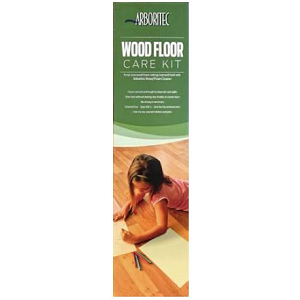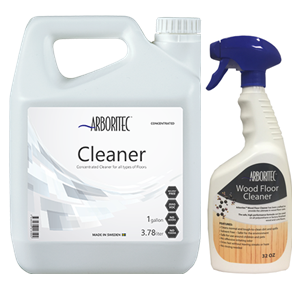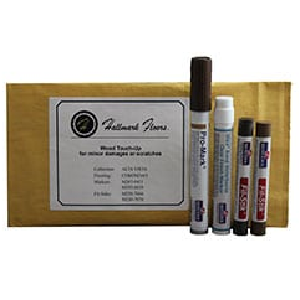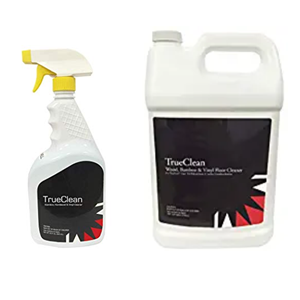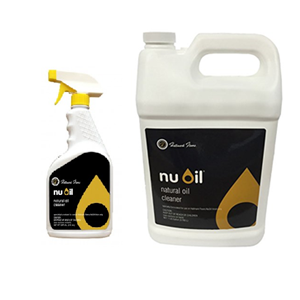
Episode 6 – Long Term Hardwood Floor Care.
Today you can find many suggestions on how to maintain hardwood floors. While some old time remedies may still be relevant, it is best to follow these suggestions for the best performance of the investment. Understanding realistic expectations of wood floor maintenance up front is important. Hardwood floor owners who realize that their floors aren’t impervious to an onslaught of spills, grit and water will be happier with their floors. You can prevent most problems before they occur by following the below care and maintenance, keeping a hardwood floor looking its best and lasting longer.

Added Protection
Nothing is more discouraging than discovering scuffs or scratches on your newly finished hardwood floor. Wood is a product of nature; therefore, it can be dented or scratched by dog nails, high heels, heavy appliances and sharp objects. Most of these scratches could be easily prevented by the following these Do’s and Don’ts…
DO
- Support furniture and heavy appliances with wide-bearing, non-staining gliders or casters.
- Move appliances and furniture by lifting and placing in place. Try not to slide or roll them on a hardwood floor.
- Place a quality door mat at the entrance of your home to help protect the floor from abrasive dust, dirt and grit, thus save time on unnecessary clean-up.
- Place area rugs in high traffic areas to make long-term maintenance easier and less expensive.
- Keep the indoor relative humidity between 30% and 50%.
Don’t
- Don’t use wax, or other wax-based maintenance products on your wood floor.
- Don’t use soap or other household detergents.
- Never use a wet mop or pour water directly on the floor surface.
- Don’t use any alcohol, or ammonia based cleaners.
- Don’t clean newly finished floor with Wood Floor Cleaner, or any other cleaner, until the floor is fully cured. Check with your contractor or the manufacturer of the finish for cure times.
Deep Cleaning/Re-Oiling
Just like other floor coverings, your hardwood floors may become too dirty to clean with a simple cleaning. At this time, many floor covering companies offer deep cleaning options that will utilize specifically designed equipment to deep clean and scrub your floors, removing any build up left behind by the weekly cleaning. If you have an oiled floor, many manufacturers sell an oil/cleaner that should be periodically applied to your floor to maintain its appearance.
Recoating/Restoring Your Floor
With time, signs of normal wear and tear should be expected. It is natural and happens to all wood floors. To restore the luster of your floor and extend the wear layer of finish, recoat your floor with additional coats of finish (if a traditional urethane coating has been used) or the correct restoration products if your floor has been coated with a hard wax oil or penetrating oil. Make sure your contractor is using the recommended recoat system that is compatible with the finish to give the existing floor a proper deep clean and prepare it for recoating/restoration.
Recoating should be done when necessary. Don’t wait until the finish has worn through to raw wood. Call your professional flooring contractor for advice as soon as you see a wear pattern developing on your floor surface.
Accidents Happen
No matter how carefully you take care of your floor, sometimes accidents just happen. Dropped packages, sliding furniture and other things can dent or scratch any wood floor finish, regardless how tough it is. Some of these problems can be solved easily with a simple solution, while others might damage your floor too much to repair by yourself. Don’t worry; there are many talented floor contractors who will be more than happy to help repair your floor. For simple repairs, some manufacturers have repair kits available to help mask slight damage to your floor.
Throughout the Life of Your Floor
The environment of the home should be stable and maintained throughout the life of the floor. Even with correct conditions, floors will shrink and expand as seasonal changes occur. To minimize these changes, maintain a consistent temperature and humidity for your floor to perform as designed. The manufacturers of your flooring may have their own suggested perimeters but the National Wood Flooring Association (NWFA) states these conditions should be between 60° and 80° and 30% to 50% relative humidity. Installers take many steps to make sure the flooring is installed in the correct conditions. In extreme high or low moisture conditions, a floor can start to go through unsightly and unexpected changes and in worst cases, cause irreparable damage. Of which, in many cases, is not covered by the manufactures warrantees.
Here are a few things that can be done to help maintain the correct conditions in a home:
- Have a way to monitor temperature and humidity in the home.
- If the HVAC thermostat does not have the ability to read humidity, inexpensive tabletop units can be purchased at most big box stores.
- If the levels start to go outside the zone; use a humidifier or dehumidifier to control the moisture levels.
- Standard heating and air conditioning systems may not be effective at controlling humidity levels. Additional humidity controlling devices may be necessary.
- Make sure humidity control devices are maintained and always working properly.
Additional information can be acquired from the manufacturer’s technical department of the products used on your floor. The National Wood Floor Association (NWFA) can be an additional resource. They can be reached at 800-422-4556 or online at www.woodfloors.org.
Quick links to products related to this episode…
Did you know Gehl Flooring Supply also provides underlayments, fasteners and adhesives for hardwood flooring installations? Check out our additional product offerings by clicking on the categorical menu bar at the top of this page.


